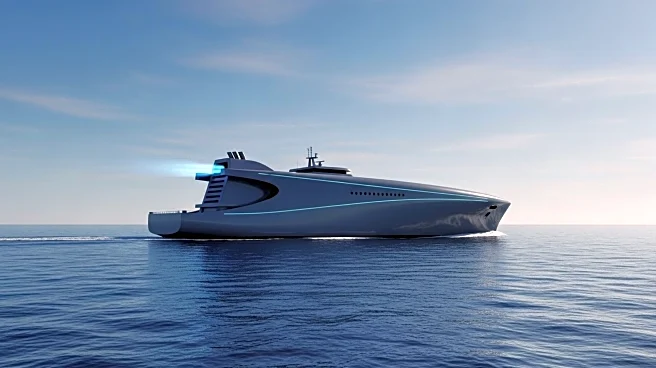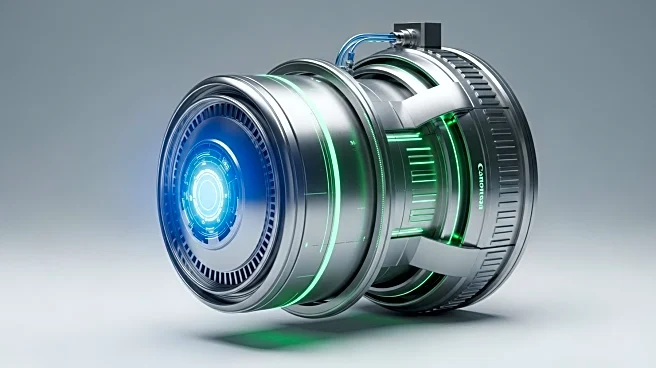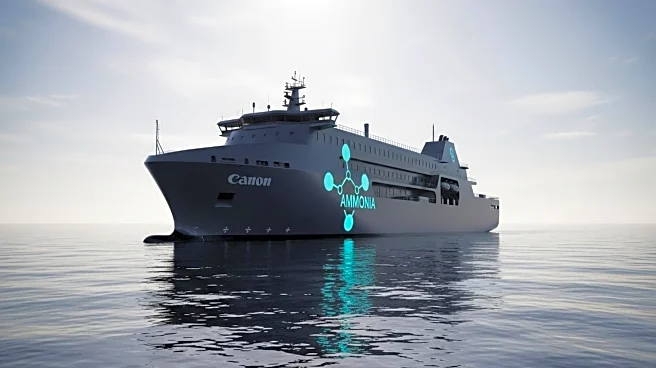What's Happening?
Hafnia, a tanker operator, in collaboration with DNV, is testing new systems to monitor underwater noise emissions from vessels. This initiative involves installing onboard monitoring systems on two vessels, Hafnia Excel and Hafnia Osprey, during drydocking. The systems aim to provide continuous measurements of underwater noise and insights into the impact of ship operations on the marine environment. The project is part of a broader effort to develop a Noise Management Plan for Hafnia's fleet, which will guide future vessel design and operations to reduce underwater noise emissions.
Why It's Important?
Underwater noise is increasingly recognized as a significant environmental challenge affecting marine wildlife. By addressing this issue, Hafnia and DNV are taking proactive steps to protect ocean ecosystems and comply with emerging regulations. The initiative could lead to more sustainable shipping practices and influence future shipbuilding specifications. As international authorities move towards stricter rules on underwater noise, this project positions Hafnia ahead of compliance requirements, potentially offering competitive advantages in the shipping industry.
What's Next?
The project is expected to generate critical insights for Hafnia and DNV, which will inform decisions on noise-reducing measures and future shipbuilding specifications. As the shipping industry faces increasing pressure to reduce environmental impacts, other companies may follow suit, adopting similar technologies to monitor and mitigate underwater noise emissions. The success of this pilot could lead to broader implementation across the global fleet, contributing to more sustainable maritime operations.
Beyond the Headlines
The initiative highlights the growing importance of environmental sustainability in the maritime industry. As awareness of underwater noise impacts increases, there may be ethical and legal implications for shipping companies that fail to address this issue. The project also underscores the role of technological innovation in driving environmental change, potentially leading to long-term shifts in industry standards and practices.










